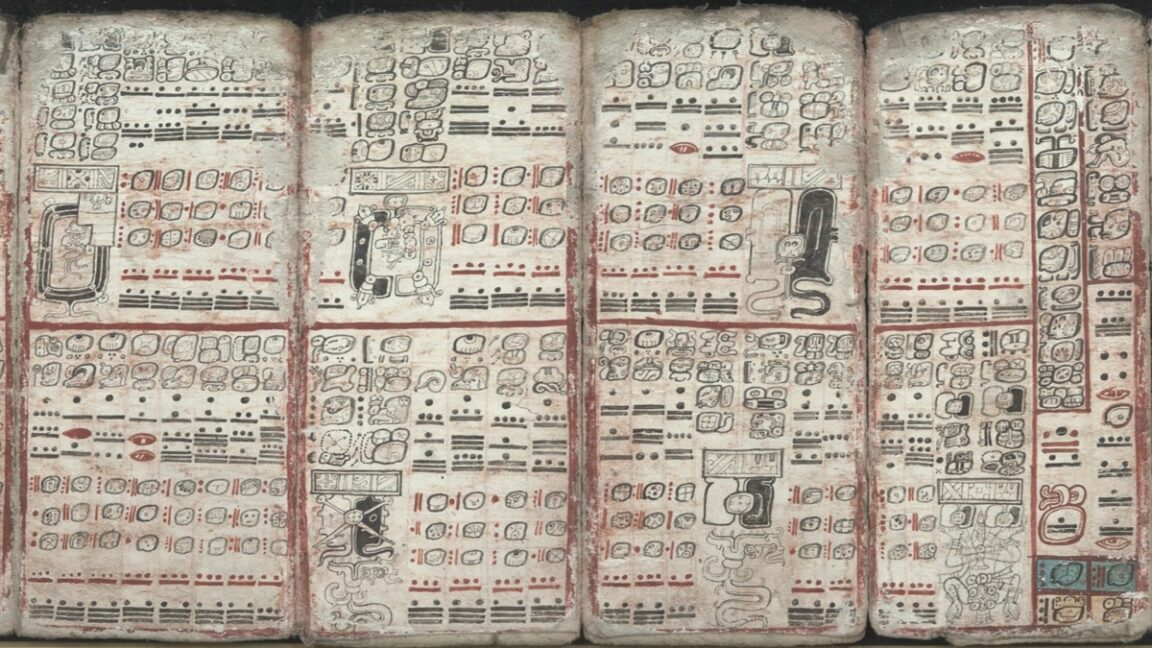
""We figured out that if you do that, you're going to miss the eclipses, and we know they didn't. They made internal adjustments. We think they'd restart the table midway. When you do that, you go from having missed eclipses to having none. You would never miss an eclipse. So it's not a calculated predictive table, it's a calculated predictive table plus adjustments based on empirical observations over time.""
""Their rituals were fundamentally connected to astronomy and astrology. There's this group of people over the course of 1,000 years-through war, through collapse, through famine, through external conquest-that have maintained observational records, every five or six months, of eclipses. It's not that the Maya made their calendar more accurate. They made their calendar continue to be accurate, which is very cool.""
The Maya did not restart eclipse tables from a single position; they used a series of overlapping tables restarted at the 358th and 223rd new moons to bracket errors. Internal adjustments were made so tables were restarted midway to avoid missing eclipses, combining calculated predictive cycles with empirical observational corrections. Ritual and religious systems encoded astronomical practice, and a group maintained eclipse observations every five or six months across roughly 1,000 years despite upheavals. The calendar's continuity relied on continual empirical revision, preserving accuracy rather than increasing inherent precision.
Read at Ars Technica
Unable to calculate read time
Collection
[
|
...
]